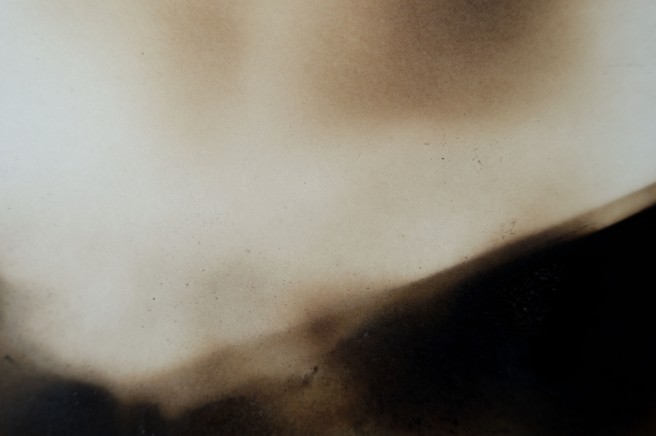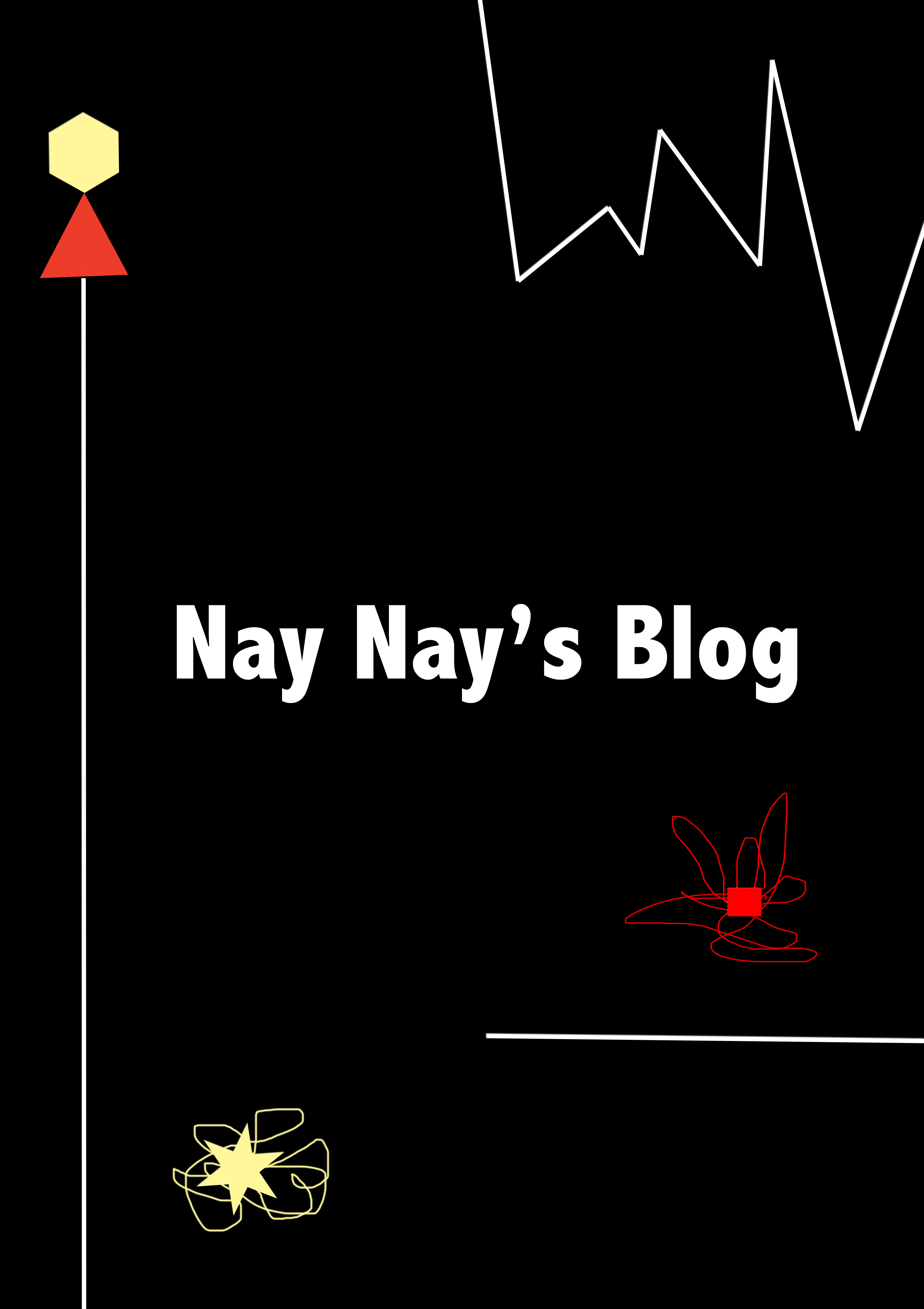 Nathan Walker, True feelings, Digital Image, 2018
Nathan Walker, True feelings, Digital Image, 2018
Fine art, is a multi disciplinary practice within the ‘art and design’ sector. Painting, sculpture, photography, graphics, illustration and installation, are one of numerous disciplines explored. Unlike other creative specialisms, fine art has no limits, allowing many artists to question the world around them. An artwork becomes a story, allowing the artist to investigate their chosen area of research and communicate their ideas through a specific medium. Regardless, an artwork will always contain an explanation behind the piece.
Career prospects
Many fine art graduates go into academia, art therapy, journalism, television, multimedia, heritage and advertisement. Some graduates work as full time artists, who exhibit nationally and internationally. Help is available for artists, from the government, providing a strong funding application is ‘satisfactory’. Surprisingly, there are multiple careers graduates can pursue, having multiple skills such as determination, commitment, and a can-do attitude, will support ones career development.
University Education
There are no education requirements to become an artist. In fact, many lead successful careers without obtaining any qualifications. Although, many companies and organisations, require applicants to hold some form of tertiary education. Vacancies are becoming more competitive. Many individuals pursue university studies, in hopes to increase their career prospects.
Unfortunately, academia is becoming more corporatised, turning many students and lecturers into robots – clouding their judgement. In fact, achieving any qualification, is designed to meet the institution’s requirements. A danger many art schools are currently facing. It is important to find a balance between academia and originality. For students and lecturers, who study/teach fine art, must learn how to retain their original voice, and not allow academia to fully influence their way of thinking. It is important to follow the system, yet knowing when to look beyond barriers placed by academia, is equally paramount.
Conclusion
Fine art can become a challenging discipline: opening up questions, discussions, risk taking, and creativity. Overall, fine art has become an area of expertise, which allows artists to critique the world around them. Allowing many artists to become resilient and flexible in the creative industry.
